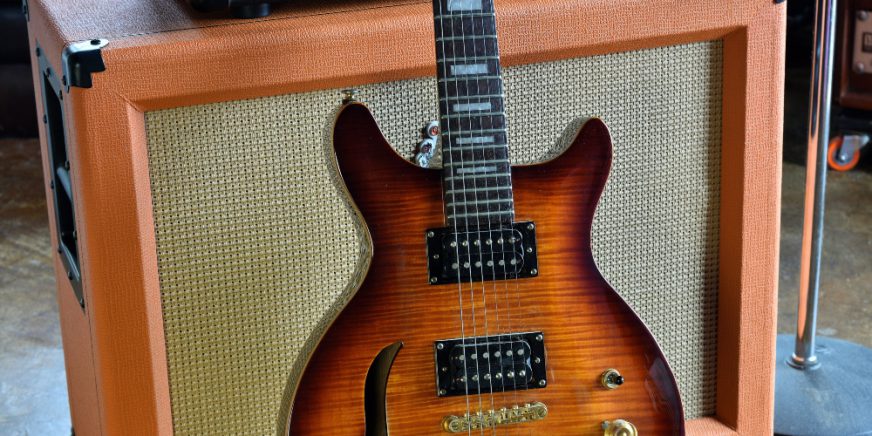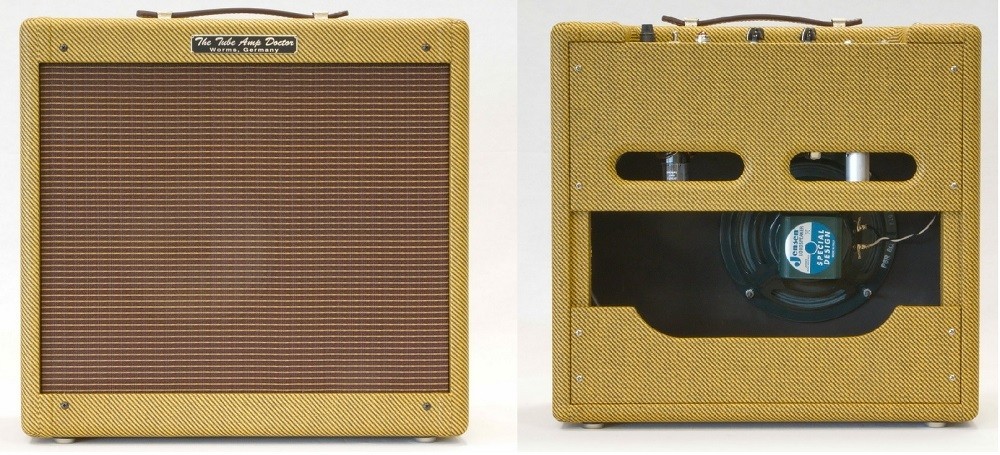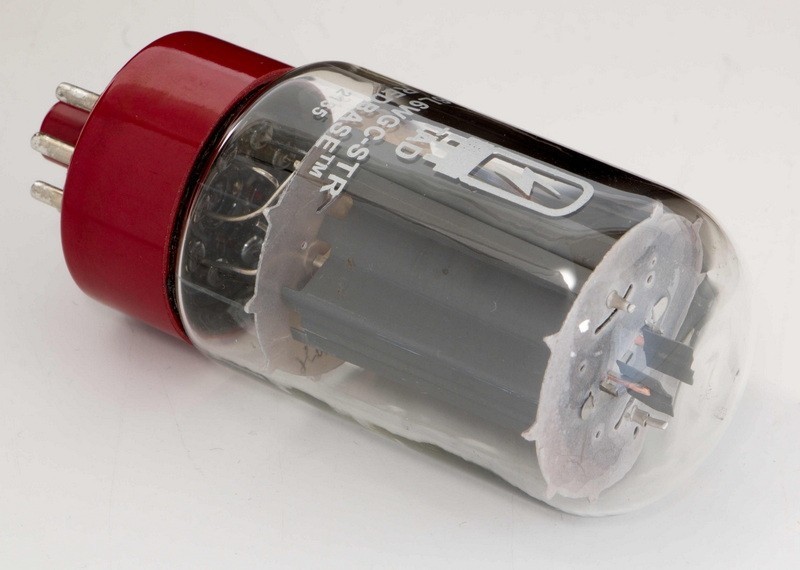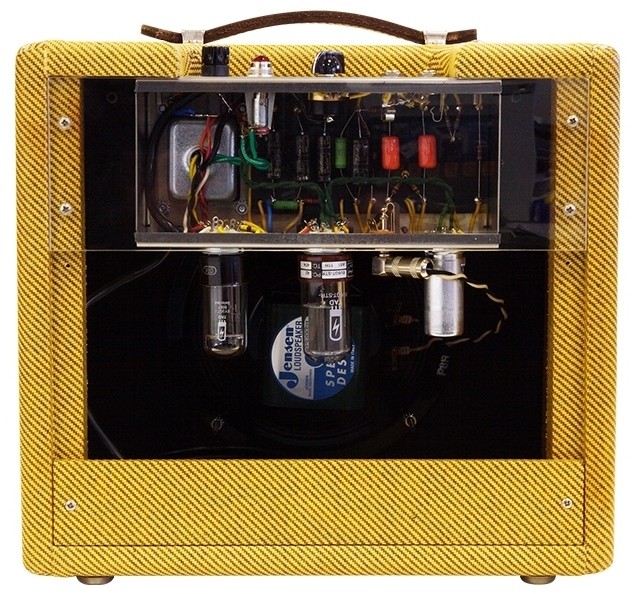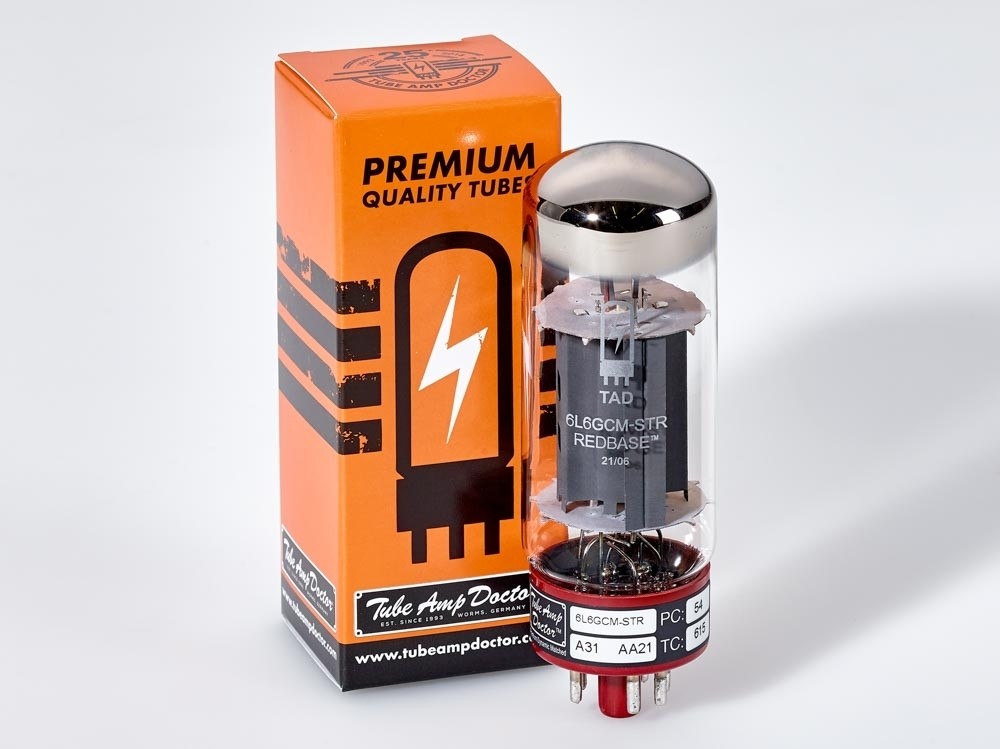« Searching for clues with the TubeAmpDoctor »
Few musical genres in the modern era exhibit the same level of diversity while remaining as intricate and multifaceted as jazz. With an abundance of styles, subgenres, and nuances, pinpointing a quintessential guitar sound for jazz music appears to be an ambitious endeavor. Equally challenging is identifying two jazz guitarists who employ identical equipment – jazz amps, guitars, and styles vary immensely unlike most other genres. Despite this, we consistently receive inquiries about what constitutes a good jazz amp. While not attempting an exhaustive answer, this article aims to outline the characteristics and nuances of a jazz amp, accompanied by a handful of tips for selecting a suitable amplifier for those dedicated to jazz music, or those who are in the midst of planning to embrace it.
Jazz music – the sound of guitar and amp
From the very inception of jazz during the early 20th century, the guitar held a significant role in shaping the instrumentation of this novel musical style. And it was Django Reinhardt, the virtuoso musician and guitarist, who solidified the guitar’s prominence. However, the era of solely acoustic guitar playing didn’t endure for long – enter tubes! With the rise in popularity of electric guitars and their accompanying (tube) amplifiers, fresh tones and playing techniques emerged, leaving their mark on jazz music as well. Amidst the factors of skill, improvisation, and emotion, equipment naturally played its part. Let’s delve into a closer examination of the guitars and amplifiers utilized within this genre.
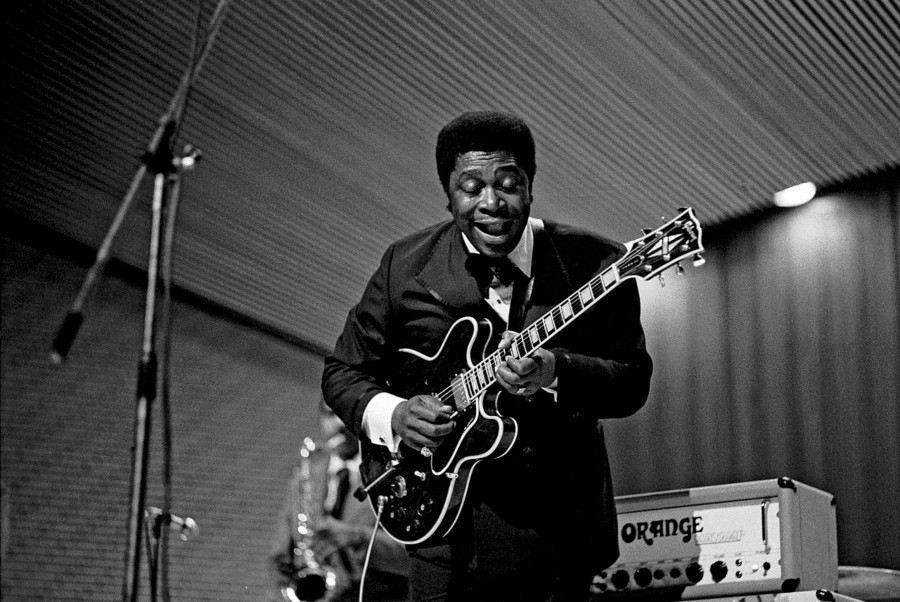
Typical guitars for jazz musicians
While unamplified, acoustic guitars still had the upper hand at the time of jazz’s emergence, the success of amplifiers and tubes at the latest brought a sudden change to the scene. Suddenly, semi-hollow guitars were offered, which could also be amplified by amp thanks to an integrated pickup system. Even today, the semi hollow construction is the ultimate for many guitarists of this genre, although there are also many players who rely on solidbody guitars. Many companies have made it their business to develop “the” jazz guitar – but none of the models was really successful. Although there are still very popular semi-hollows (e.g. the ES series from Gibson), they are used at least as often by blues and country guitarists as by jazz players. So guitars abound in the jazz universe – what about amps?
Jazz Amp – of tubes and sound in jazz music
The history of the origins of amplifier technology dictates that tube-powered amplifiers were used first. For a long time, the sound of the tube was considered essential for modern jazz musicians. Especially the somewhat less powerful amplifiers from Fender have influenced many musicians for many years. When it came to developing pure jazz amplifiers, however, the major manufacturers always held back. Whether this is due to the fundamental willingness of jazz musicians to experiment (what jazz musician wants a prefabricated sound?) or because the guitar plays only one of many roles in jazz music is unknown. However, it remains to be said: “the” jazz amp does not exist, even though relatively neutral-sounding tubes such as the Fender Princeton or Deluxe are quite common.
What does a good jazz amp have to be able to do?
As individual as the sounds and requirements of jazz players are for their equipment (and their amp) – certain basic requirements must be met by an amp to be considered a jazz amp.
Sound
Good sound is a must – this is especially true in styles where clean guitar sounds play a major role. While jazz guitarists like to experiment extensively with all kinds of effects pedals, the clean sound with a good pinch of reverb is the foundation of the guitar’s sound. Guitar amps, such as the classic tube Fender Tweet Champ, are therefore particularly well suited with their natural saturation. Jazz guitarists live primarily from their solos – an assertive sound is therefore indispensable.
While in rock and metal, volume and boosters provide this assertiveness, in jazz music it is a mixture of easily perceptible mids and the careful reduction of the other instruments. The guitar sound in jazz is often described as dull, mid-range – but anyone who has spent some time in the jazz shelves of the local record store can surely only laugh at such a simple definition! “The” sound does not exist, anything that pleases is allowed. After all, guitarists like Scofield or Holdsworth also wrote jazz history with Mesa/Boogie amps and tubes….
Liveperformance
Jazz music lives from being played in a group. The more talented musicians that come together, the better. After all, mutual improvisation is what makes up the spirit of the style. That’s why choosing the right amp is all about good live performance. The right mix of compact design for transport to the next club and assertiveness for the performance is therefore an important factor. This is where especially smaller and medium combos come into play, especially in combination with tube amps! Fender delivers here with combos of the Princeton, Deluxe or Deluxe Reverb series some good and promising candidates.
Tube amp vs. transistor
Opinions differ when it comes to the type of amplifier – but where don’t they in the jazz genre? While tube amps score with great musicality and natural sound character, transistor amps usually deliver greater headroom for clean sounds. Here, the personal taste of the respective musician and the desired playing direction is certainly decisive. To our ears, the classic sounds of bebop, hard bop and fusion still sound best when reproduced by tube amps. Modern styles, on the other hand, can often score with more “artificial” sounds and are well served by transistors. However, modern genres such as smooth or electroswing also sometimes benefit from the sound of tube amps.
The Jazz Amp – Conclusion
If musicians are individualists per se, jazz musicians play in a completely different league: hardly any jazz equipment looks like the other. Bass amps, tube amps, transistor or Mesa/Boogie amps: In the scene you can find simply everything. So it’s all the nicer that we’re seeing old familiar faces again here, too. With classics like the Fender Princeton or a Deluxe, you can hardly go wrong even as a musician in this individual genre. We still enjoy the sound of the tube and recommend all aspiring jazz guitarists to look for a neutral, preferably assertive and good-sounding tube amp as a jazz amp to find their way into the jazz world – after that, all roads are open!
______________________________________________________________________________________________________________________________________
Image sources:
Title image: © Zen Duder – stock.adobe.com
B.B. King: By Heinrich Klaffs – originally posted to Flickr as B.B. King 3011710058, CC BY-SA 2.0, https://commons.wikimedia.org/w/index.php?curid=11883715
 Tubeampdoctor Magazin
Tubeampdoctor Magazin
